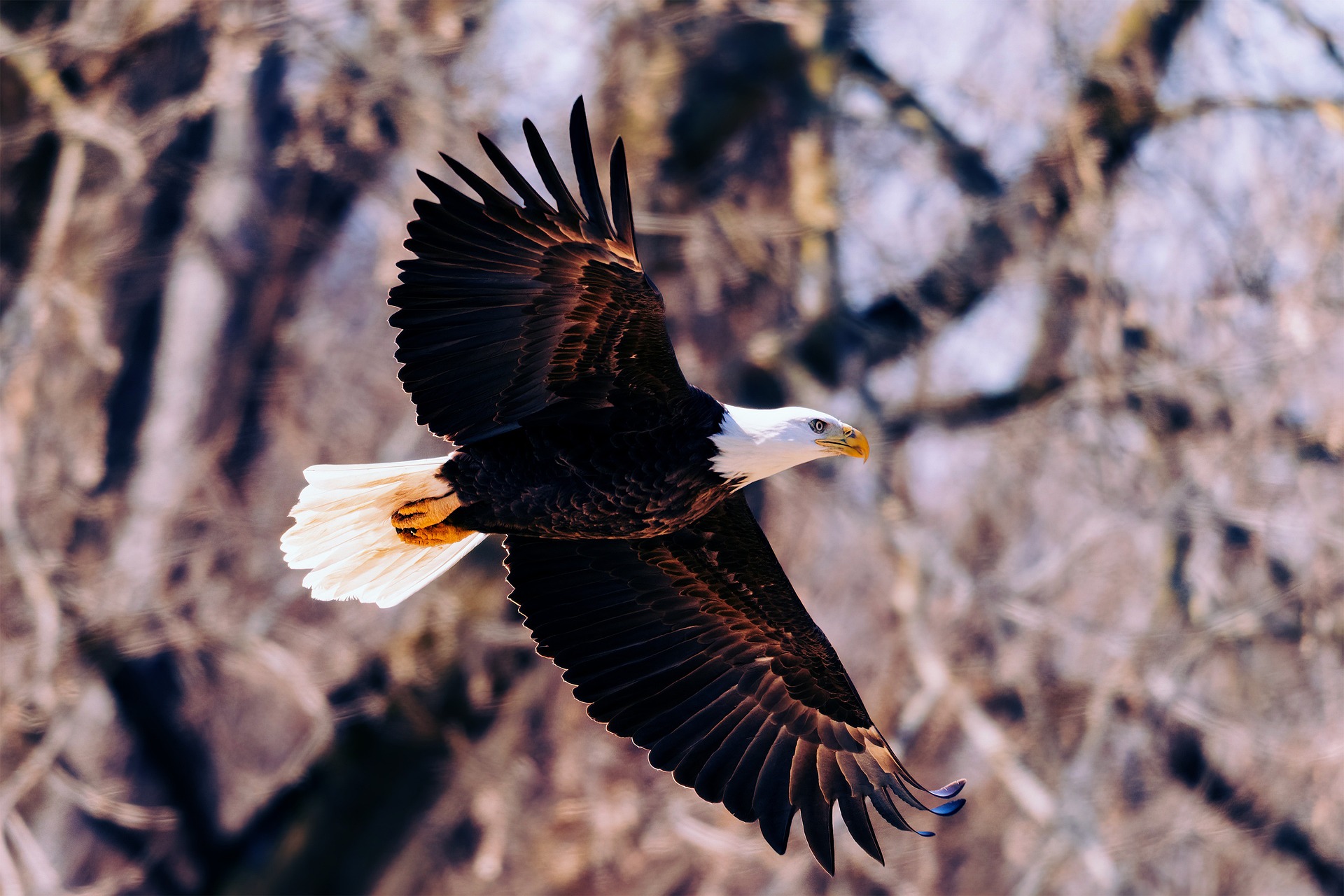
Equipment, Strategies, and Expert Tips
Photographing birds in flight is a challenging yet rewarding pursuit for any wildlife photographer. It requires not only technical skill but also a deep understanding of bird behavior and flight patterns. In this comprehensive guide, we’ll explore the essential equipment, strategies, camera settings, and focusing techniques necessary to capture breathtaking images of birds in motion.
Equipment for Photographing Birds in Flight:
- Camera Body: Investing in a camera with fast autofocus capabilities and a high frame rate is crucial for capturing birds in flight. Look for cameras with advanced tracking systems and burst shooting modes.
- Telephoto Lens: A telephoto lens with a long focal length, typically 300mm or longer, is essential for reaching distant subjects and filling the frame with detail. Consider lenses with image stabilization to minimize camera shake, especially when shooting handheld.
- Tripod or Monopod: While handheld shooting offers flexibility, using a tripod or monopod can provide stability and reduce fatigue during extended shooting sessions. Choose lightweight and portable options for ease of mobility.
- Teleconverters: Teleconverters can extend the reach of your lens, allowing you to magnify distant subjects further. However, be mindful of potential loss in image quality and slower autofocus performance with certain teleconverter combinations.
Strategies for Photographing Birds in Flight:
- Research and Observation: Familiarize yourself with the behavior and flight patterns of the birds you intend to photograph. Spend time observing their movements and preferred habitats to anticipate potential shooting opportunities.
- Positioning and Patience: Position yourself in areas frequented by birds, such as wetlands, shorelines, or open fields. Exercise patience and remain still to avoid disturbing the natural behavior of the birds, allowing them to become accustomed to your presence.
- Anticipate Flight Paths: Predict the trajectory of birds in flight and pre-compose your shots accordingly. Be ready to adjust your framing and focus as birds change direction or altitude.
- Use Natural Light to Your Advantage: Optimal lighting conditions can significantly enhance the quality of your bird photos. Shoot during the golden hours of sunrise and sunset for warm, soft light that adds depth and dimension to your images.
Camera Settings for Freezing Action:
- Shutter Speed: Select a fast shutter speed to freeze the motion of birds in flight effectively. A minimum shutter speed of 1/1000s is recommended, but faster speeds may be necessary for faster-moving birds or to capture intricate wing details.
- Aperture: Use a wide aperture (lower f-stop) to achieve a shallow depth of field and isolate your subject from the background. However, be mindful of maintaining sufficient depth of field to keep the bird’s entire body in focus, especially at close distances.
- ISO Sensitivity: Adjust the ISO sensitivity to maintain proper exposure in varying lighting conditions. Keep the ISO as low as possible to minimize digital noise while balancing it with the need for faster shutter speeds in low-light situations.
- Continuous Autofocus (AF-C) Mode: Enable continuous autofocus mode to track moving subjects continuously. Utilize the camera’s predictive autofocus capabilities to anticipate the bird’s movement and maintain sharp focus throughout the sequence.
Focusing Tips and Tricks:
- Select the Right AF Point: Use single-point autofocus or a small AF zone to precisely target the bird’s eye or head, ensuring critical focus on the most important part of the subject.
- Back-button Focus: Assign autofocus activation to a dedicated button on the back of your camera, separating focusing from shutter release. This allows for more precise control over focus and reduces the risk of accidental refocusing during critical moments.
- Panning Technique: Practice the panning technique by tracking the movement of birds with your camera while maintaining a consistent panning speed. This technique can help keep the bird in focus while conveying a sense of motion in the background.
- Prefocus on Known Flight Paths: Anticipate the flight path of birds and prefocus on specific points where you expect them to enter your frame. This technique minimizes autofocus lag and ensures sharper images when the birds enter the desired shooting zone.
Mastering the art of photographing birds in flight requires a combination of technical expertise, patience, and a deep appreciation for nature’s beauty. By investing in the right equipment, employing effective strategies, and mastering camera settings and focusing techniques, you can capture stunning images that showcase the grace and majesty of birds in motion. So, grab your gear, head outdoors, and embark on an exhilarating journey to capture the magic of avian flight through your lens.